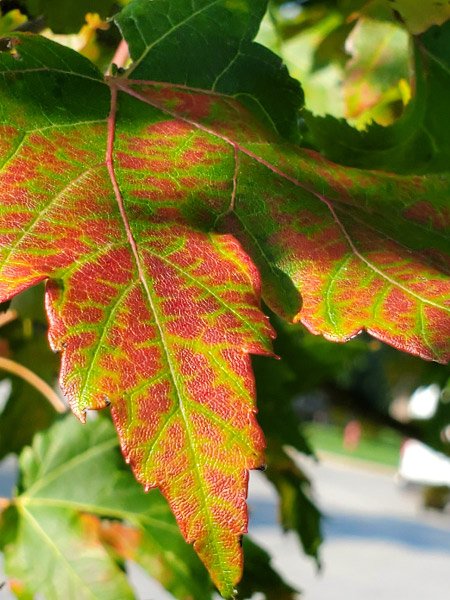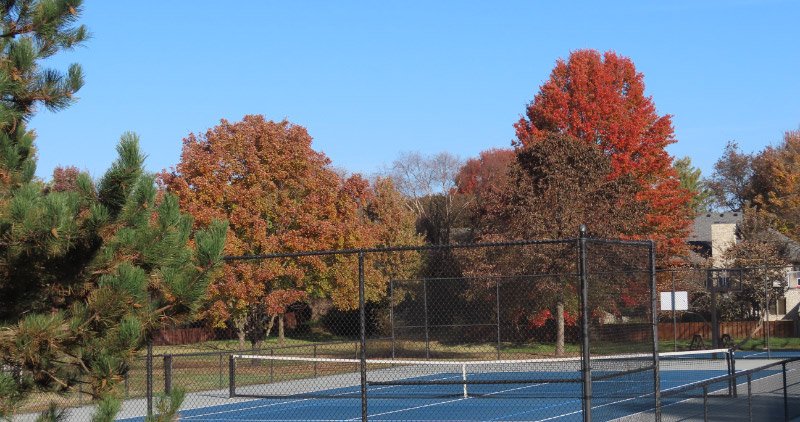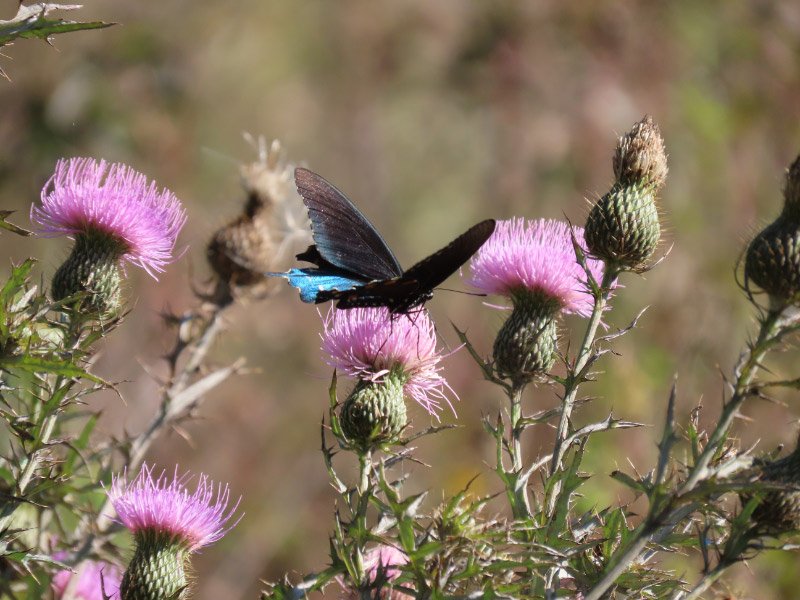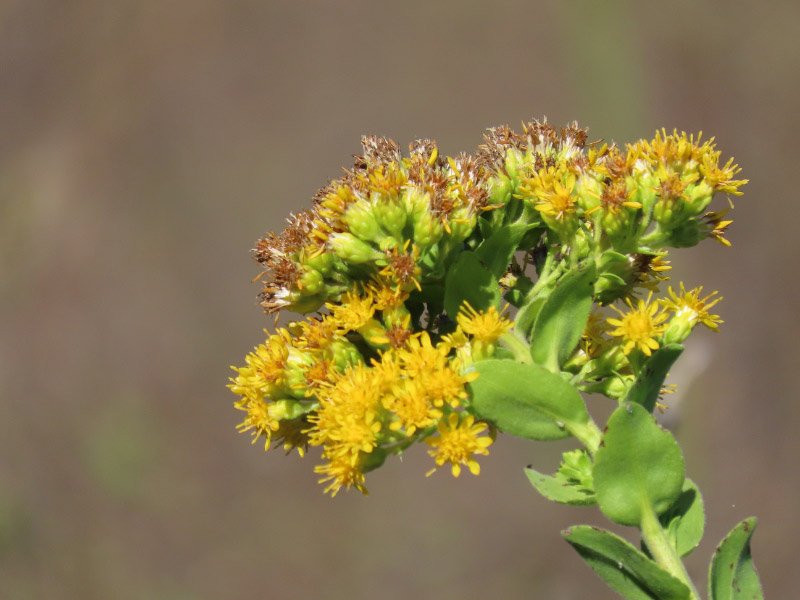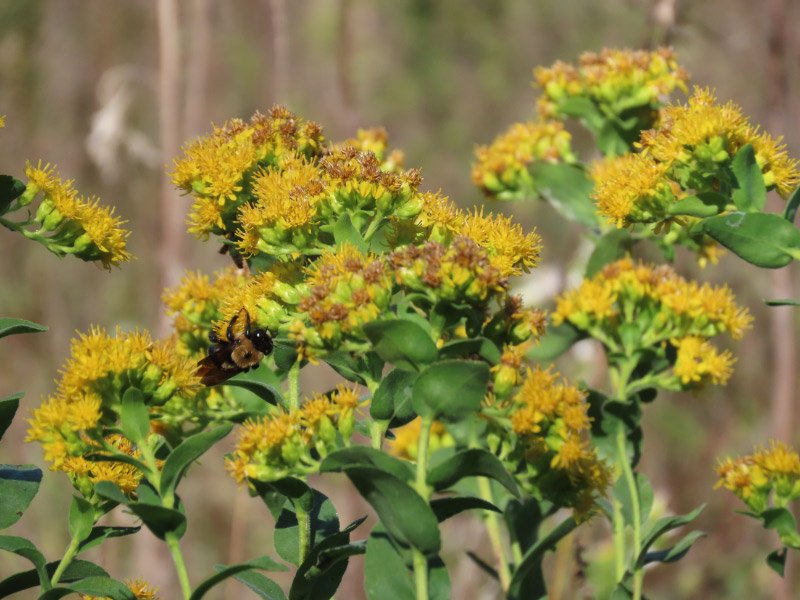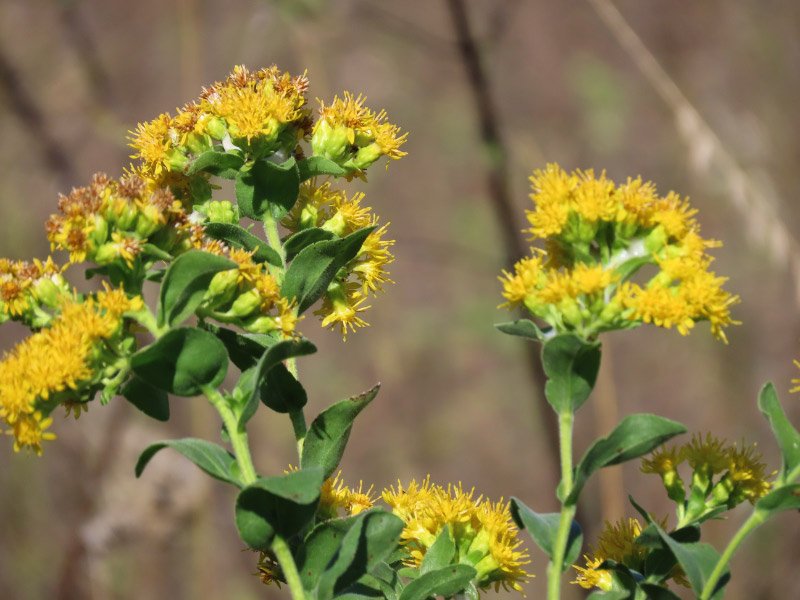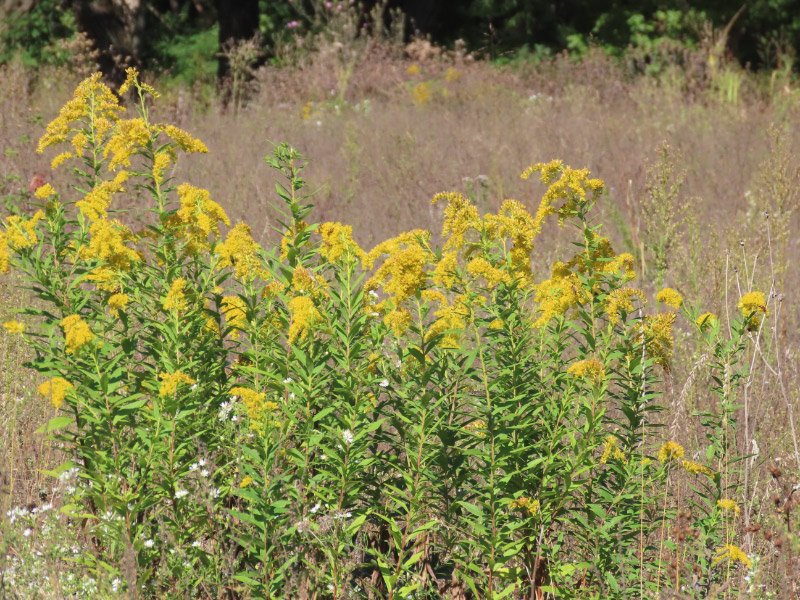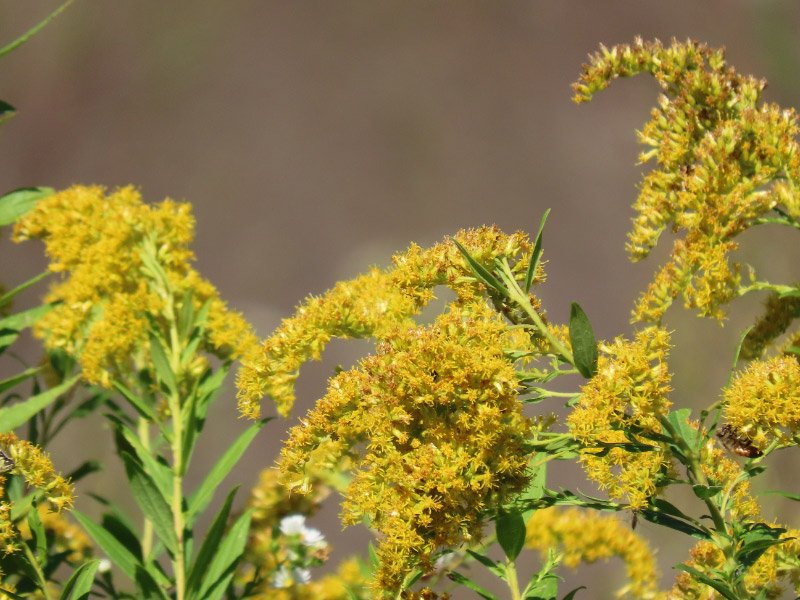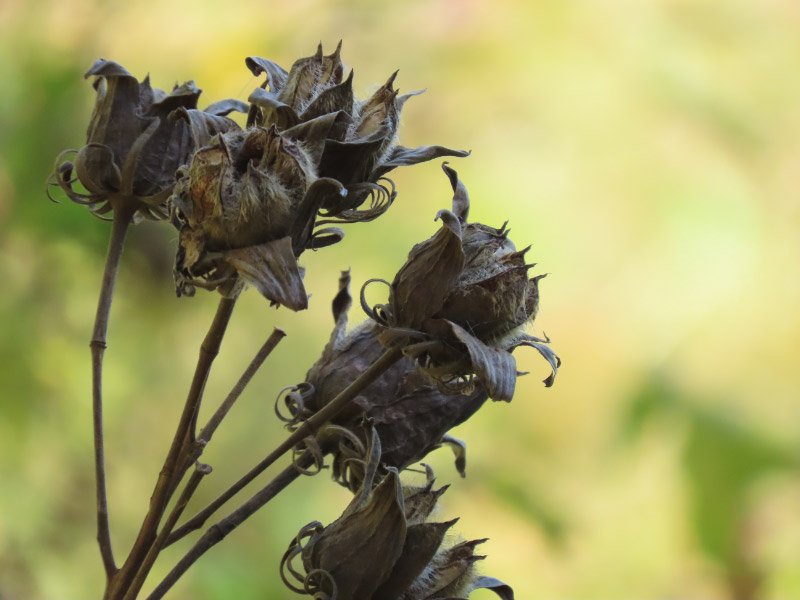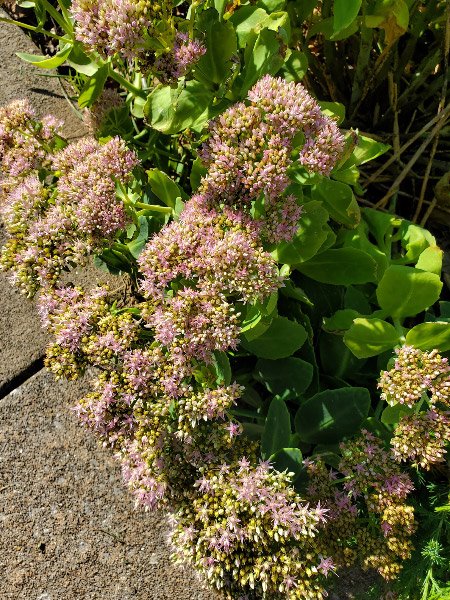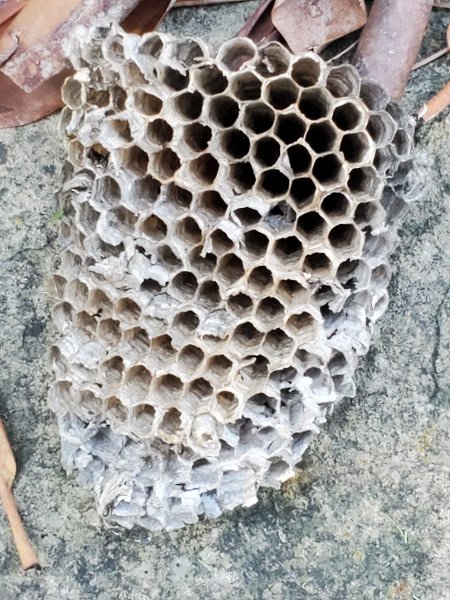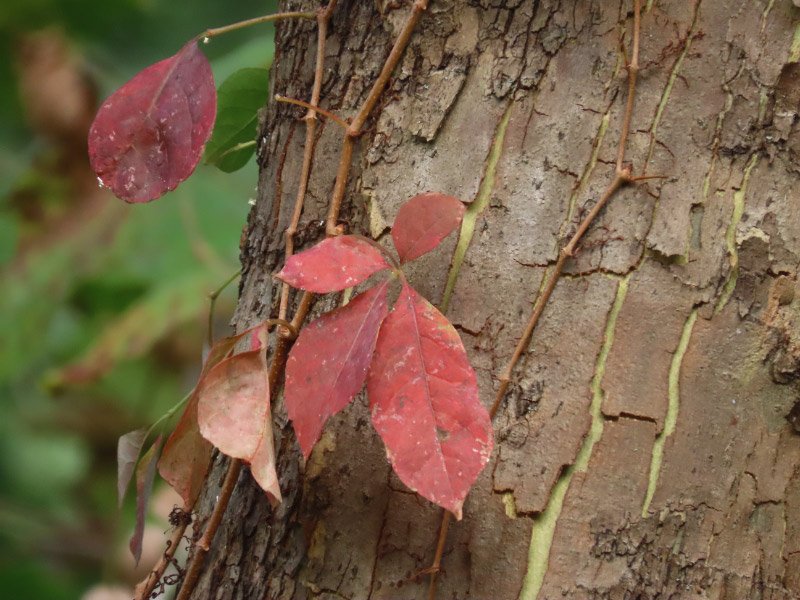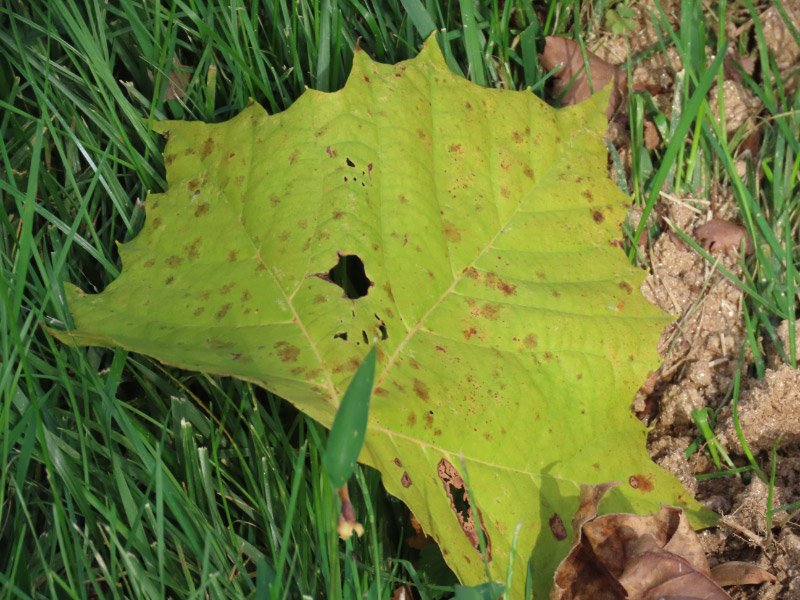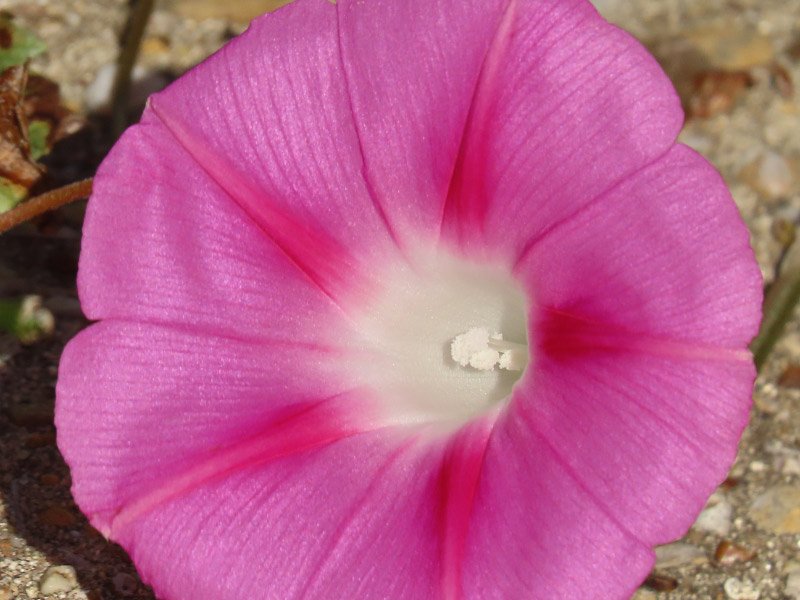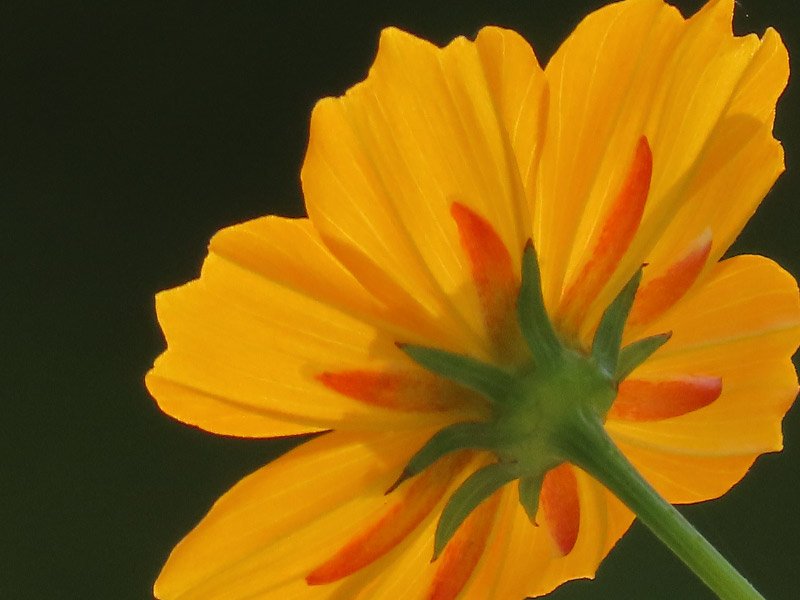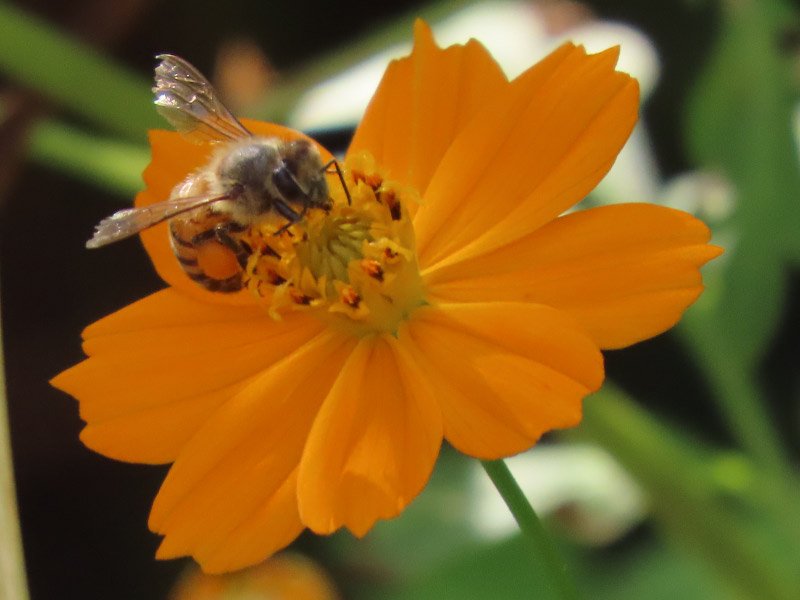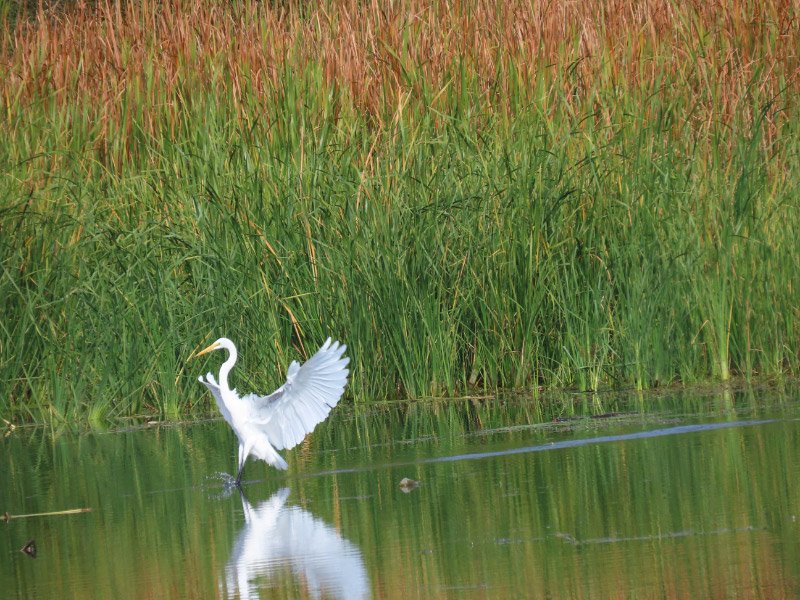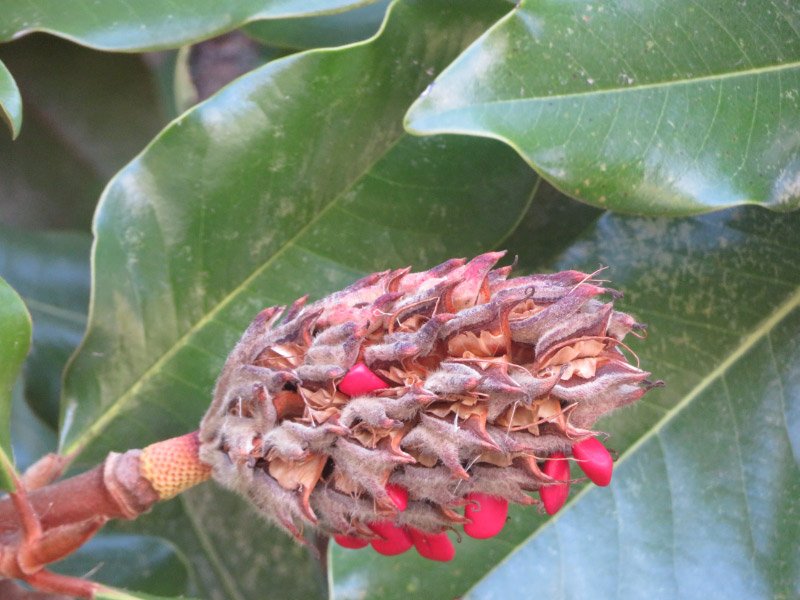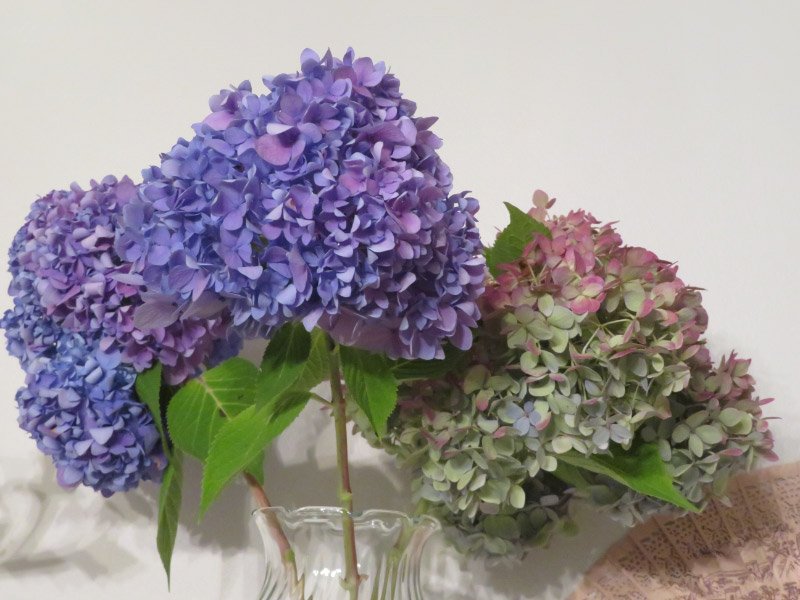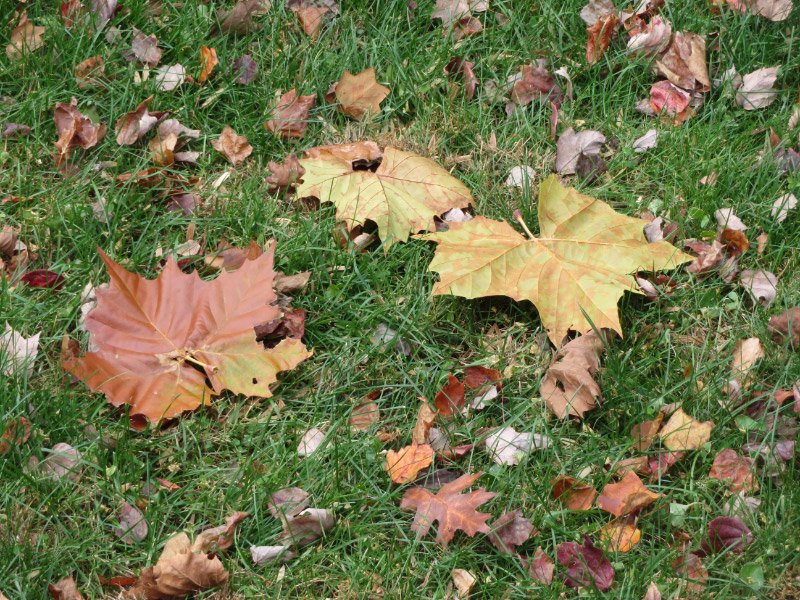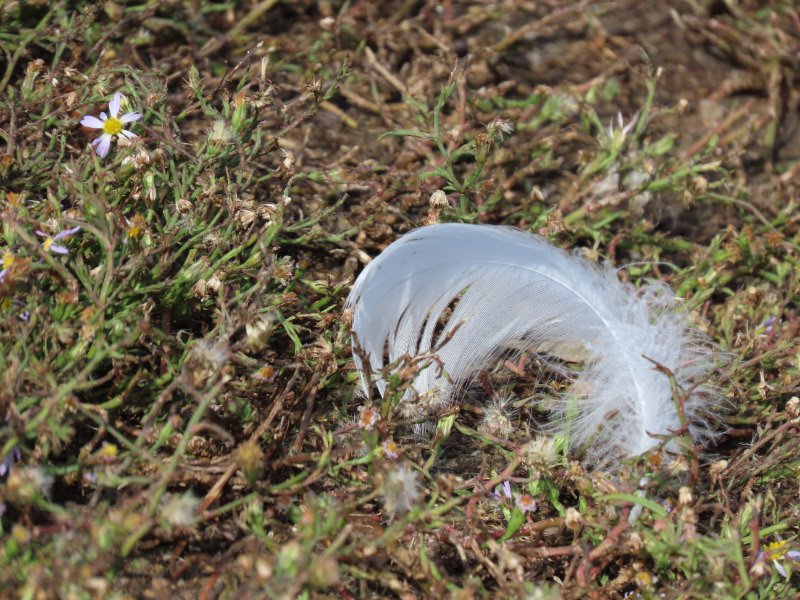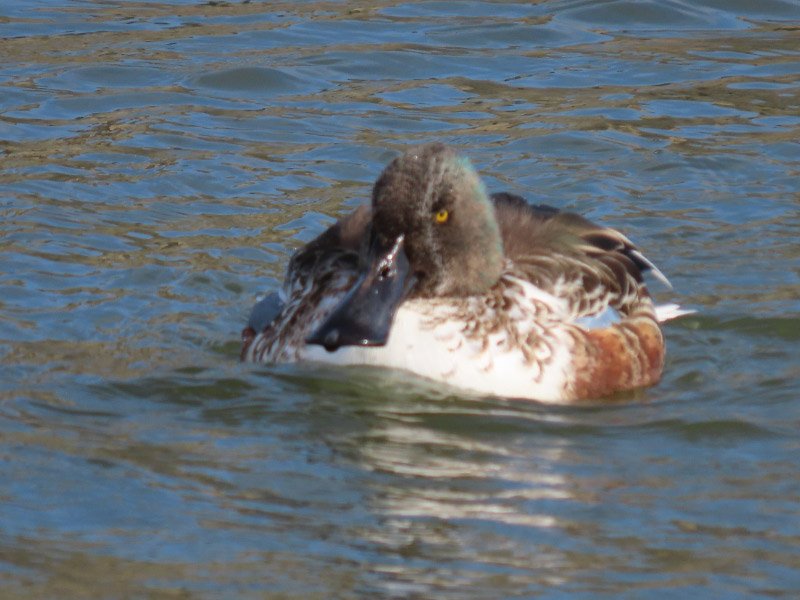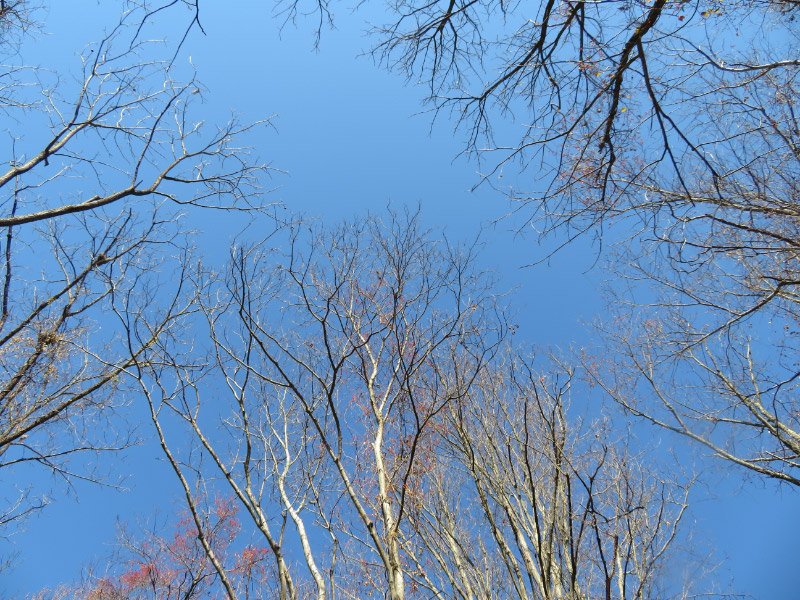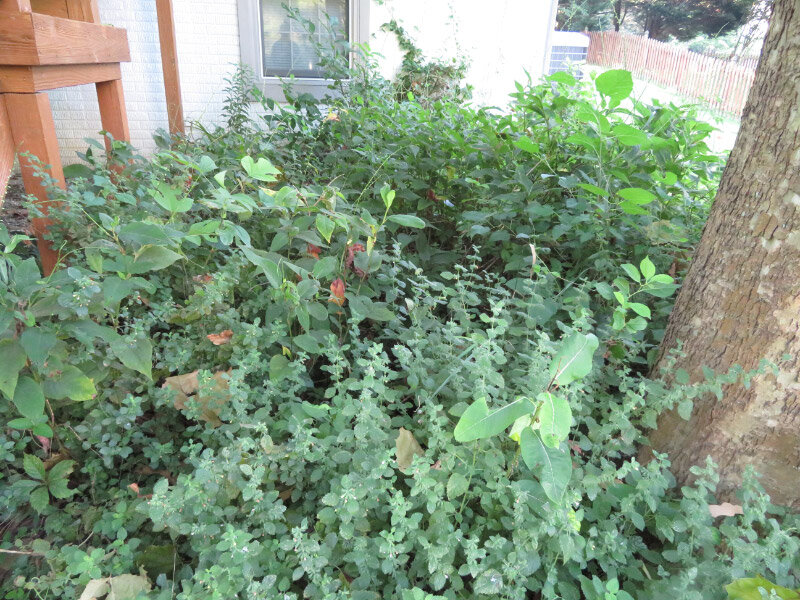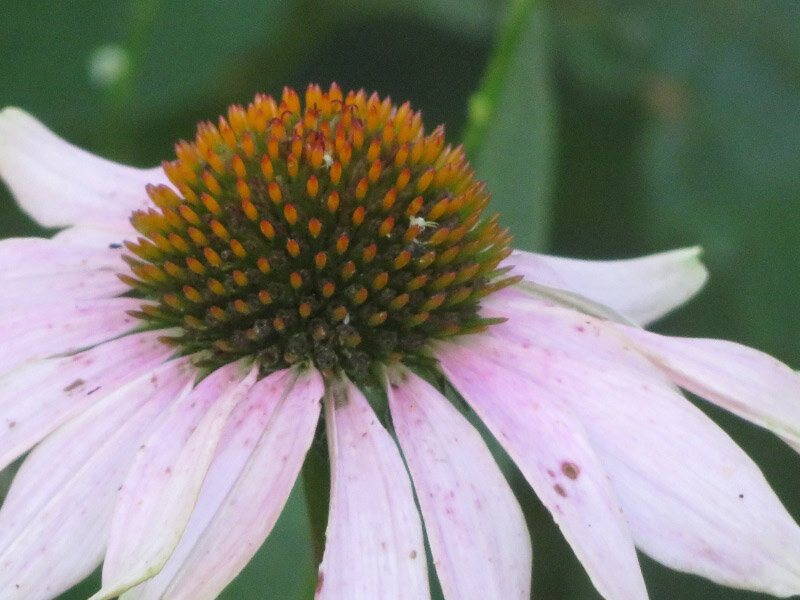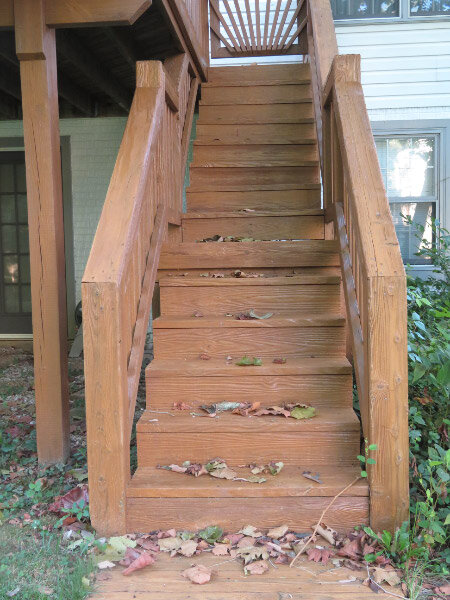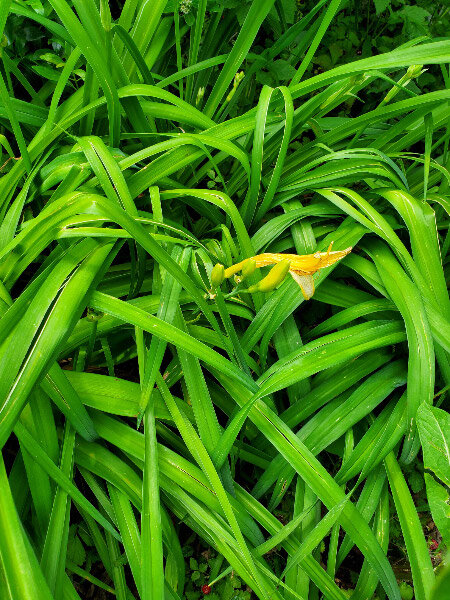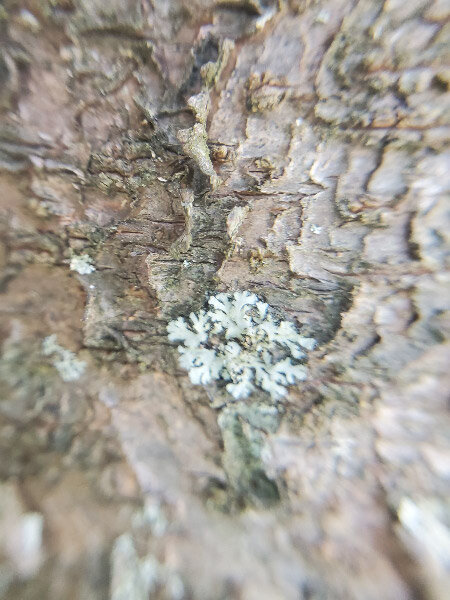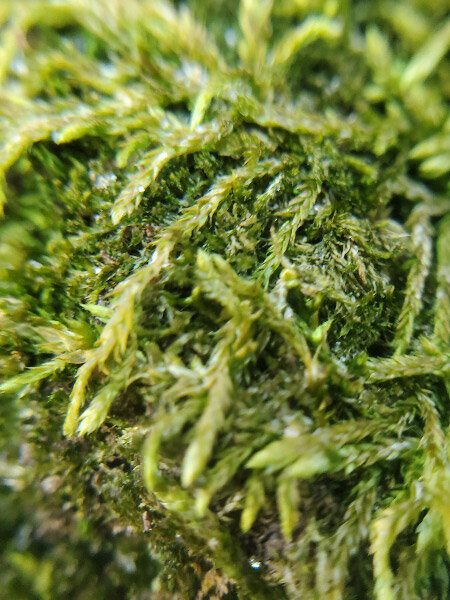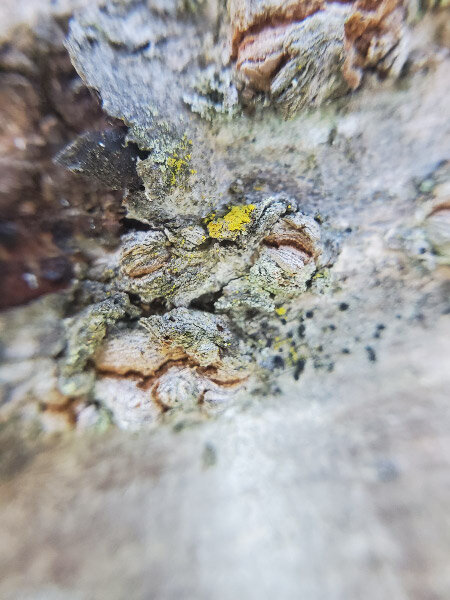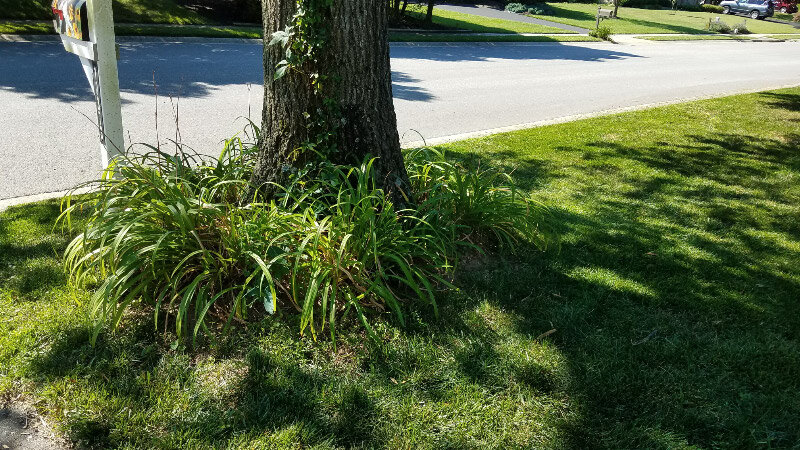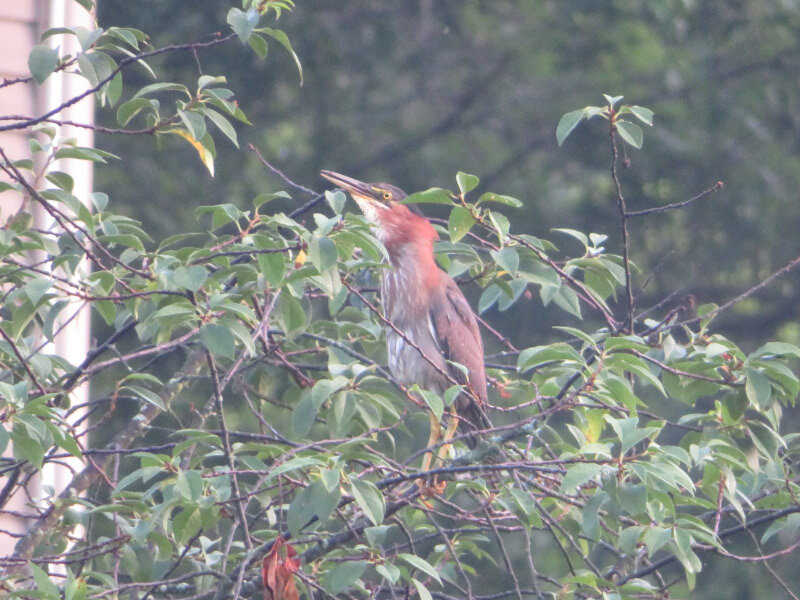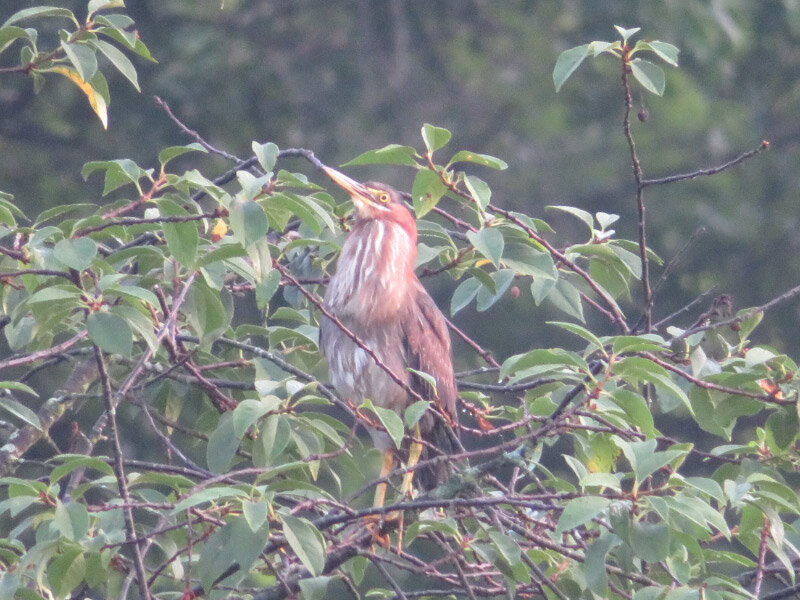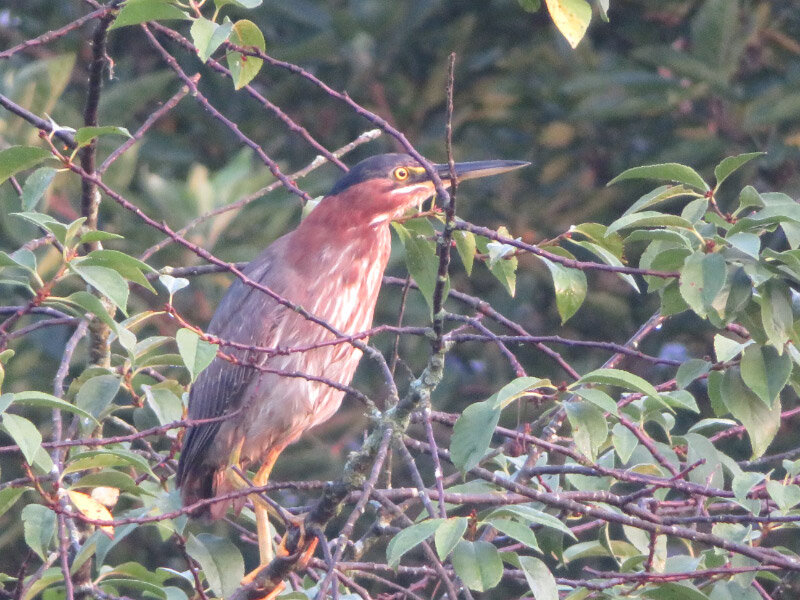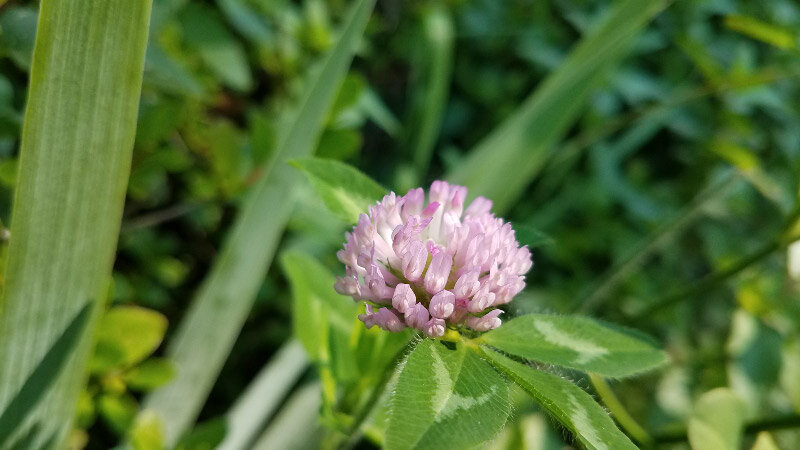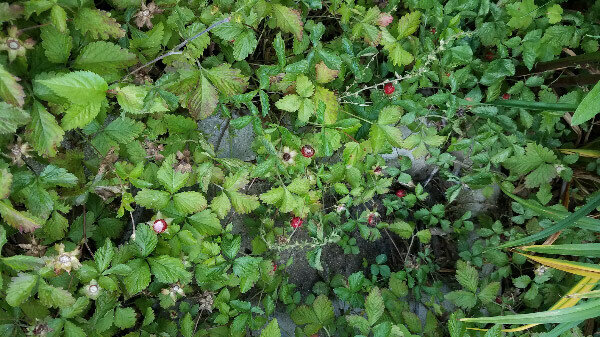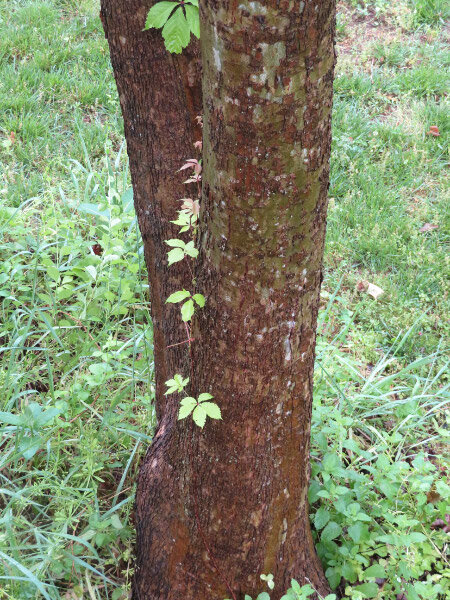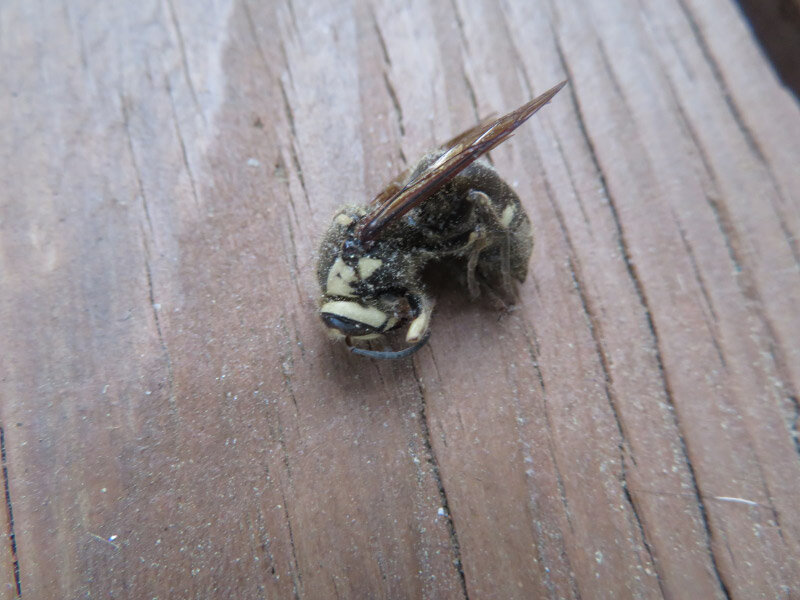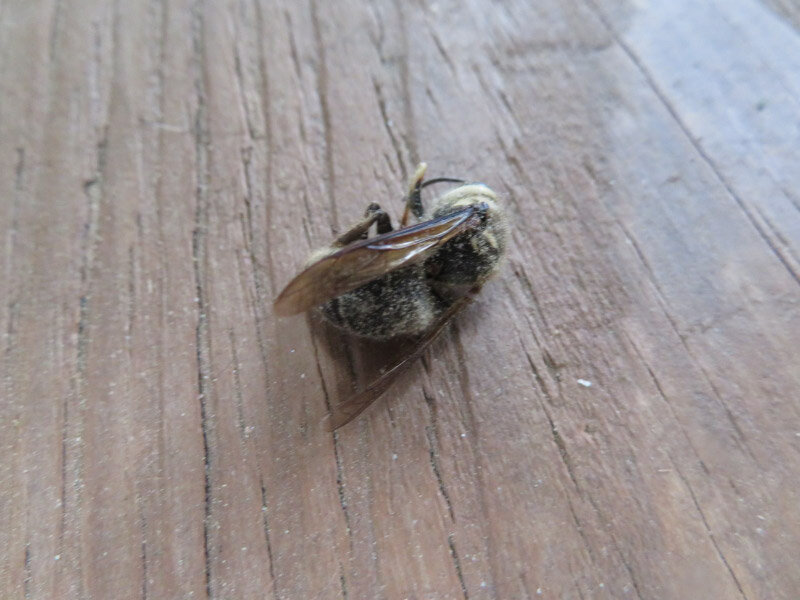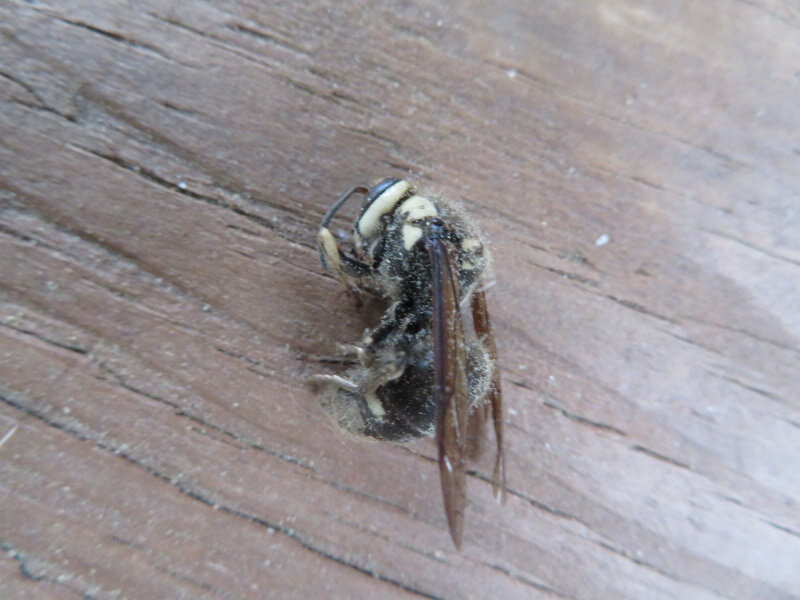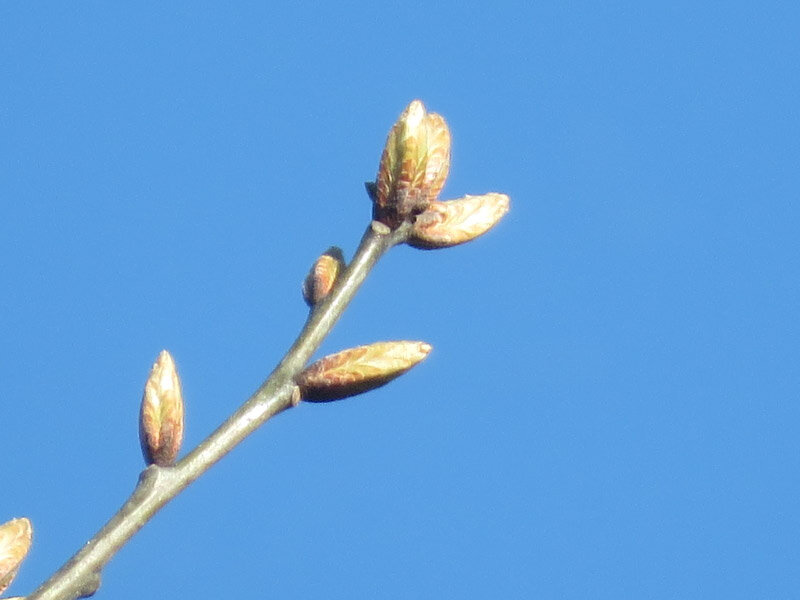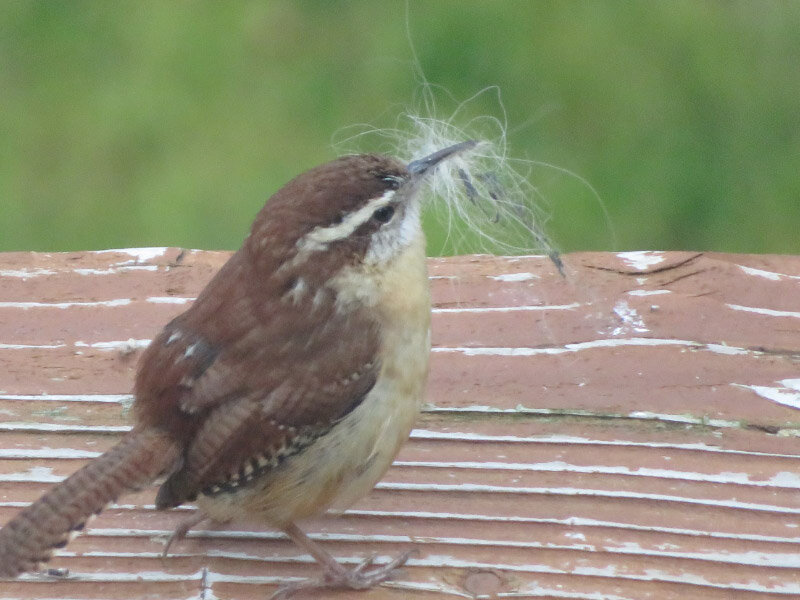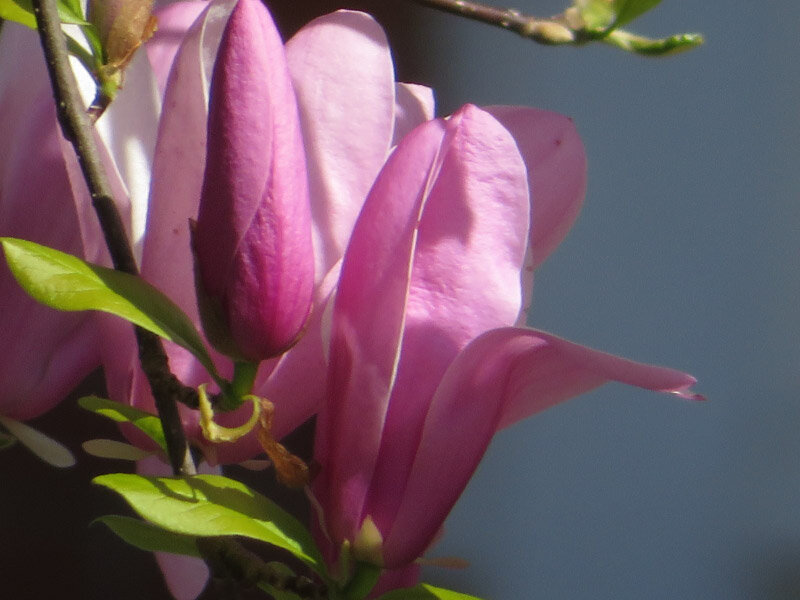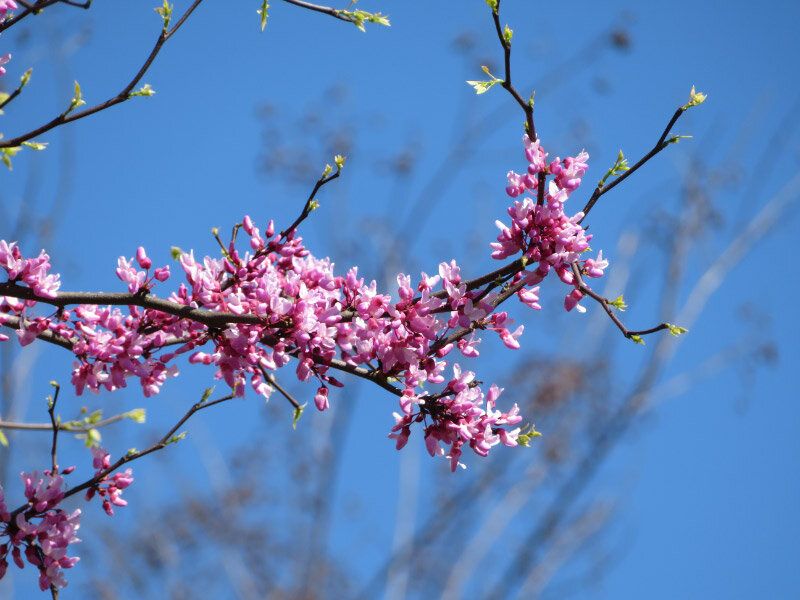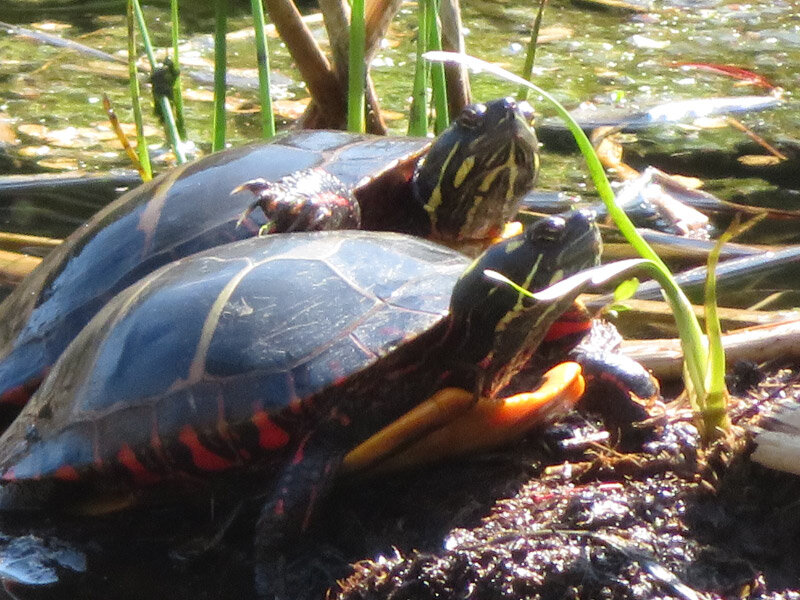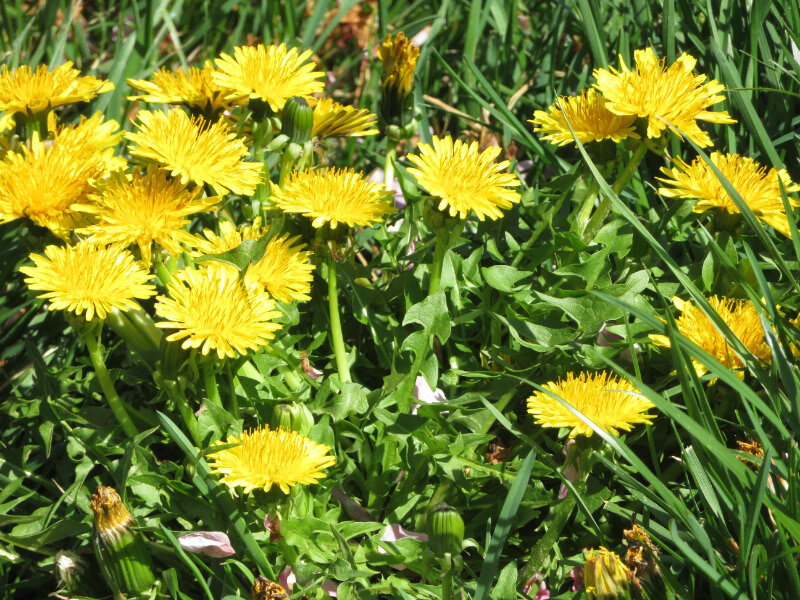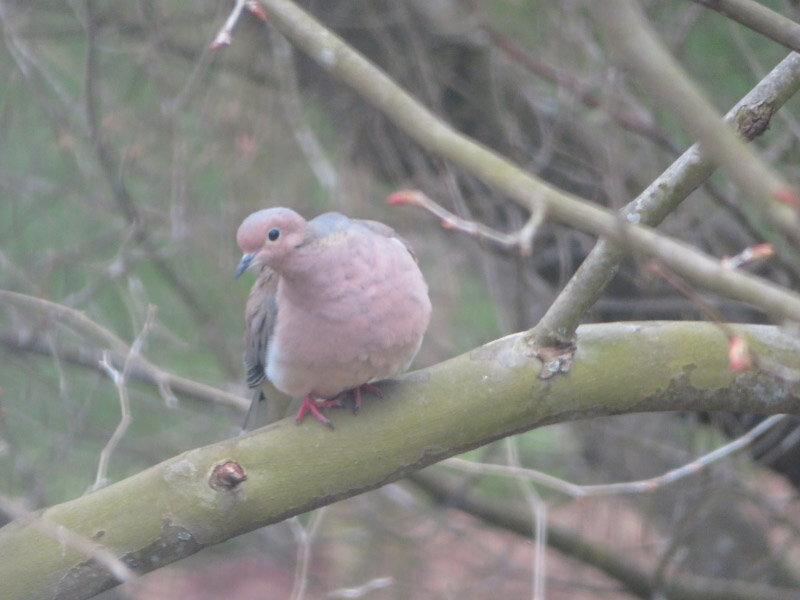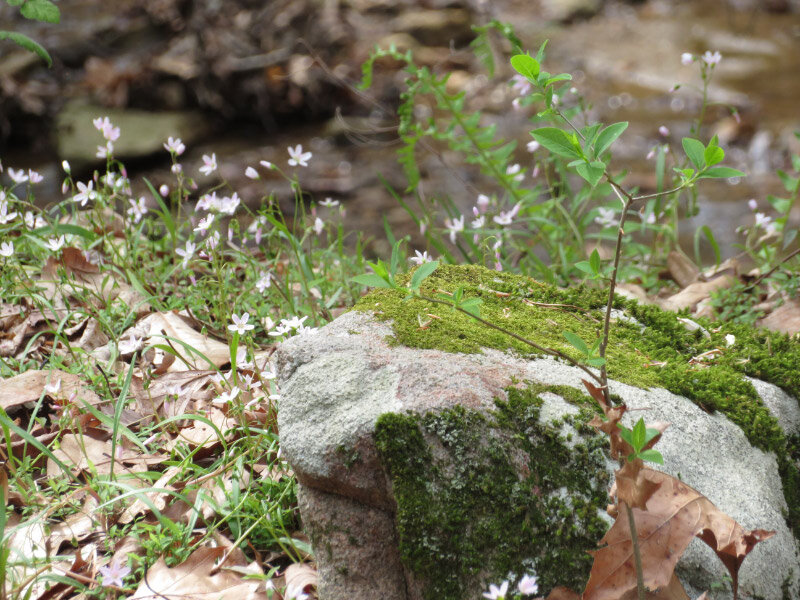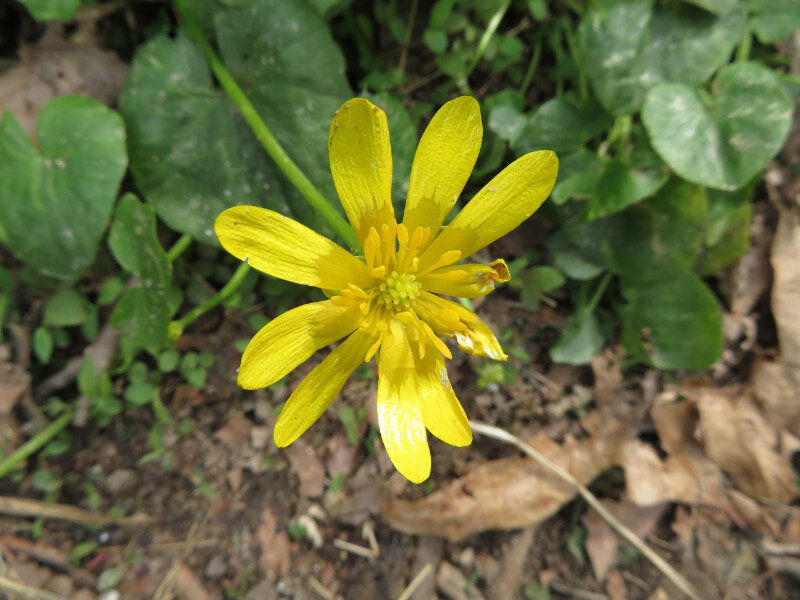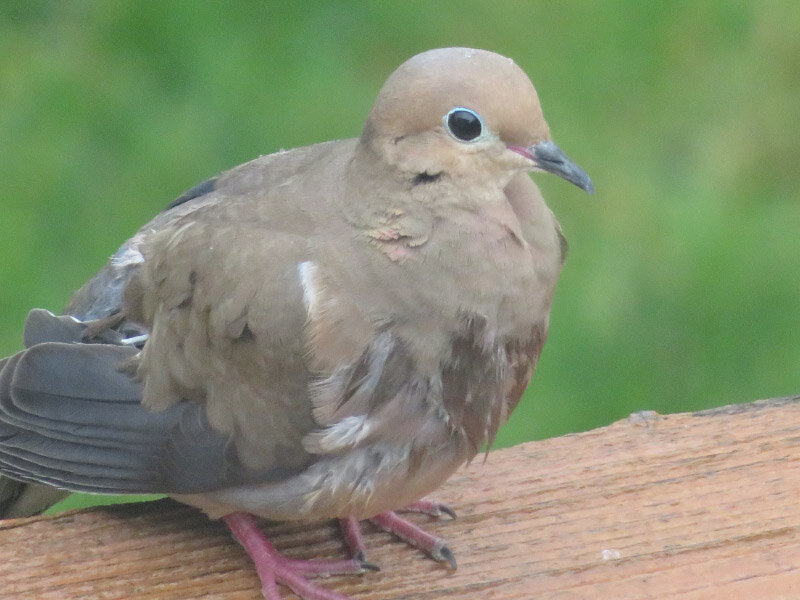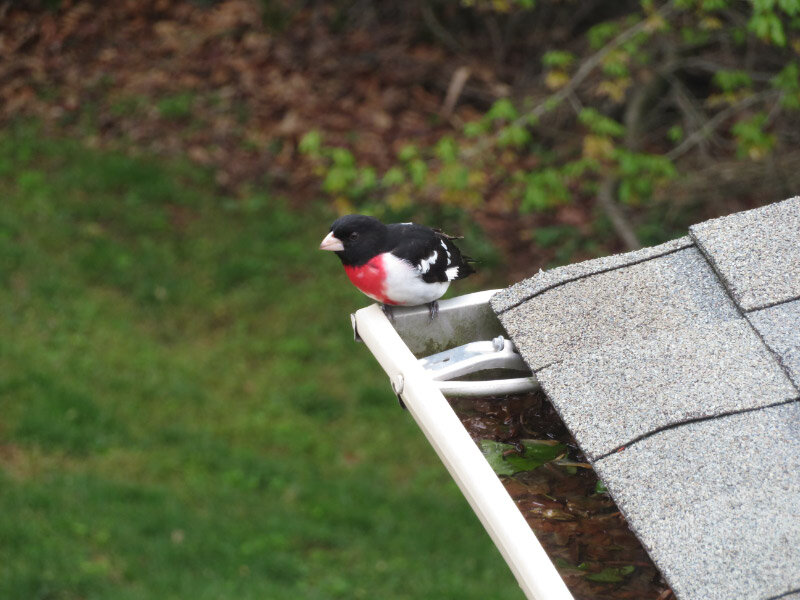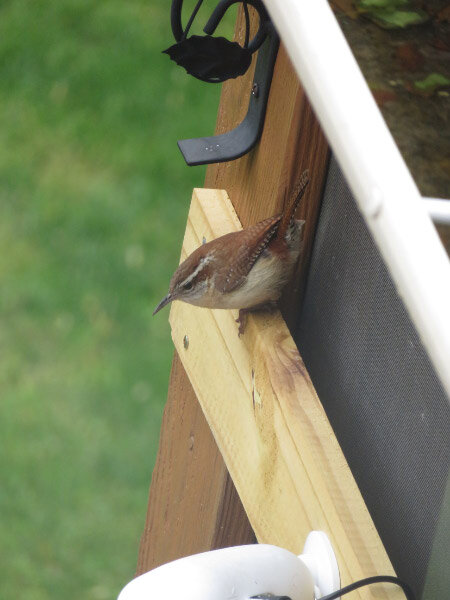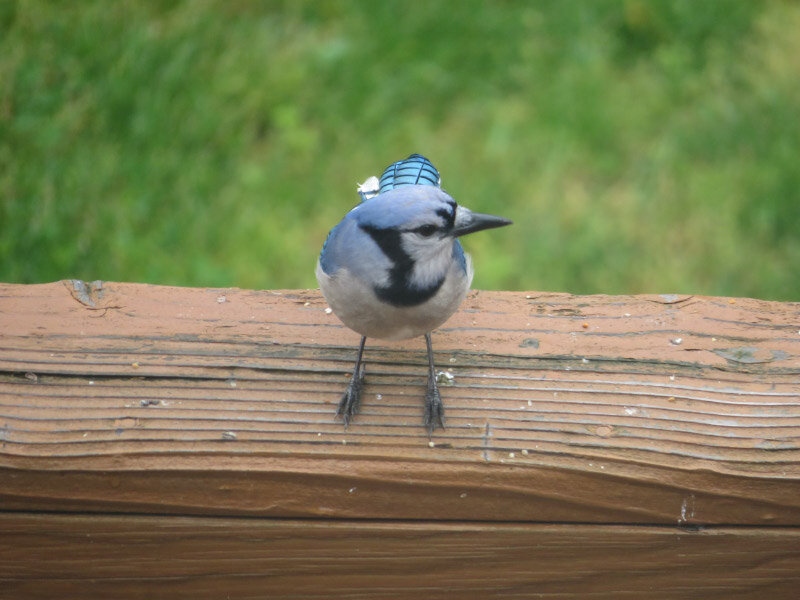Fall Foliage in our Yard
/The change in foliage started back in early October with the leaves of our red maple showing patches of red.
When I mowed our yard in late October, I noticed one of the bushes had red leaves, the red maple was beginning to shed its leaves, and the Virginia creeper in the flower bed had turned red. One side of our back yard had a dusting of river birch leaves from a neighbor’s tree.
The pokeweed berries were ripe – being eaten by birds!
While I was away in Texas, our Missouri neighborhood experienced a hard freeze. I took a panorama image from my backyard toward the tennis courts and pond. The trees were very colorful.
The next day I walked around the yard for a closer look. The dogwood leaves looked brown….although they looked interesting enough backlit. The forsythia (in the foreground looking toward the tennis court) looked like the frost had surprised it – the leaves curled and limp.
Tender plants like pokeweed (lower right corner of the first image and the taller pants in the second) and hostas had wilted/collapsed with the cold. I’ve cut down the pokeweed in the most visible areas of the yard but left it in out-of-the-way places…will see if the birds continue to eat the berries.
At this point, the river birches have lost all their leaves. The maples are thinning fast; the ones in my front yard have lost more than half their leaves. The oaks are just beginning to shed their leaves. I think the early frost got all my crepe myrtles…hopefully not killing them back to the roots – which is what happened last winter. One of my pines shed old needles (already brown) after the cold snap and enlarged the circle of needles around it (must mean the tree is getting bigger).
I am enjoying my fall yard!







